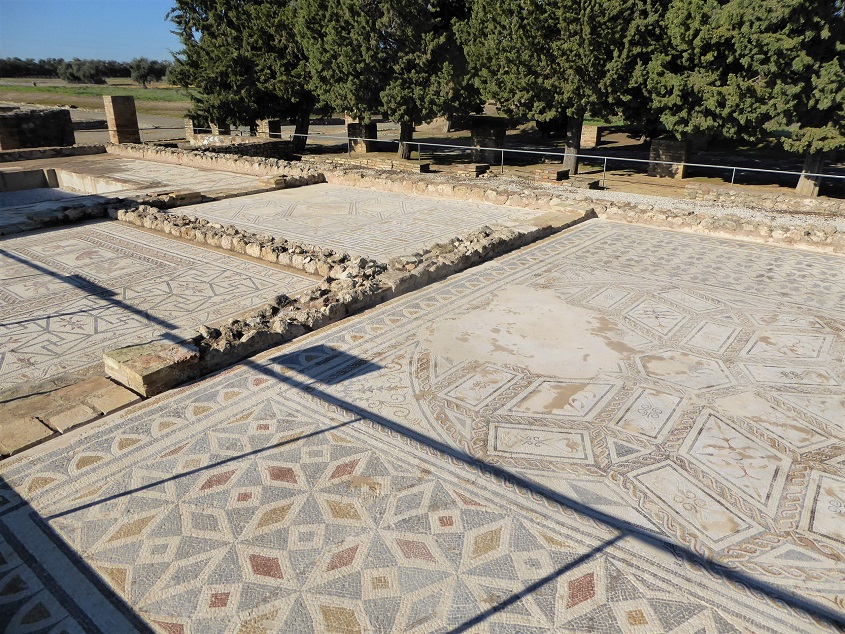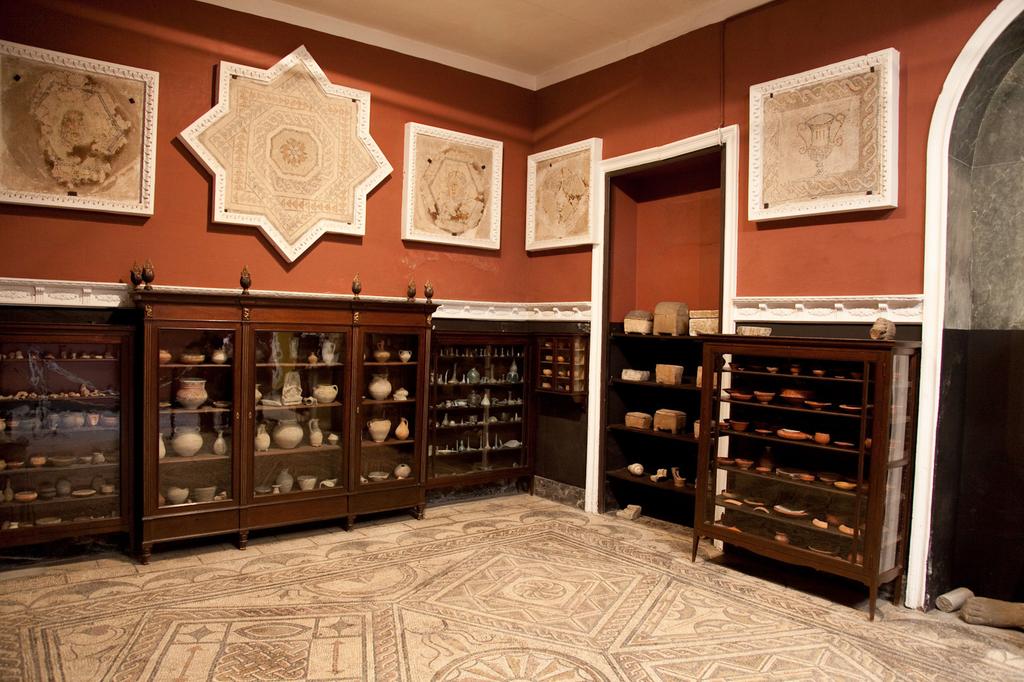It was founded by the wounded, rose to prominence in the shadow of Seville, and gave birth to two emperors. Then it was abandoned to an unstable earth, an unstable political environment, and years of looters.
Welcome to Itálica.



Itálica was founded by the Romans in 206 BC as a place for their injured troops to settle after a successful war against the Carthaginians. Over the next 300 years a few prominent families settled there and it became one of the most influential cities in the empire. It even gave birth to two successive emperors – Trajan and Hadrian.

Two problems emerged after its many hundreds of years of glory. First, the physical landscape became an impediment to sustainability – silt deposits caused the Guadalquivir river to change course, which left the city without a water source. This was compounded by the fact that Itálica was built on clay, which cracked and moved and forced the city to abandon some buildings and redesign many others. Remember that parable Jesus told about the wise man who built his house on rock and the foolish man who built his house on sand? Maybe he got the idea for that parable from Itálica.
Speaking of Jesus, he was the second problem. The political problem, as he always was. As he still is. The numbers of Christians were on the rise during the time that Itálica was beginning to decline. They wouldn’t fully take over as the dominant religion across Rome until 400 AD, but the scales were tipping. The families that were once so prominent fell into disfavor, and that meant less patronage from Rome. So pretty much everyone moved to Seville, where at least there was water.
Since no other city was ever built on top of Itálica, the ruins are in pretty good shape. Preservation has been difficult only because of persistent looting and the fact that nearby municipalities kept using it as a quarry for other building projects.




One of the more famous “looters” of Itálica was a woman by the name of Regla Manjón Mergelina, the Countess of Librija. She lived in a mansion in central Seville. By all accounts she was a smart lady. All the literature we were given says she was an archaeologist who specialized in Ancient Rome, although it’s difficult to find proof that she was anything more than an amateur. She was also very rich, and obviously very bored.
As she traveled around the world with her husband, she used her status as an archaeologist to take or buy things that she liked. If you asked her, I’m sure she would say that she rescued these items from destruction and looting.
Once she returned home she’d have her house remodeled to fit it all. This “palace” looks nothing like the original mansion that was built here. She knocked down walls and ceilings in order to make room for the full floor mosaics from Itálica, ceilings from Indonesia, and Moorish arches from buildings in Spain.



The palace is still privately owned. There is an entrance fee to get in and walk around on the first floor. We could only access the top floor via a thirty minute guided tour. It’s more and more wonderfully bizarre the deeper you go. Take the tour if you have time.
The trip to Itálica is an easy bus ride and the palace is right in central Seville. We recommend taking them in together, or at least within a day of each other in order to appreciate the full effect.